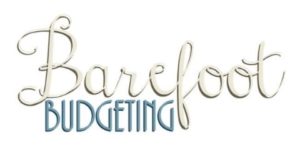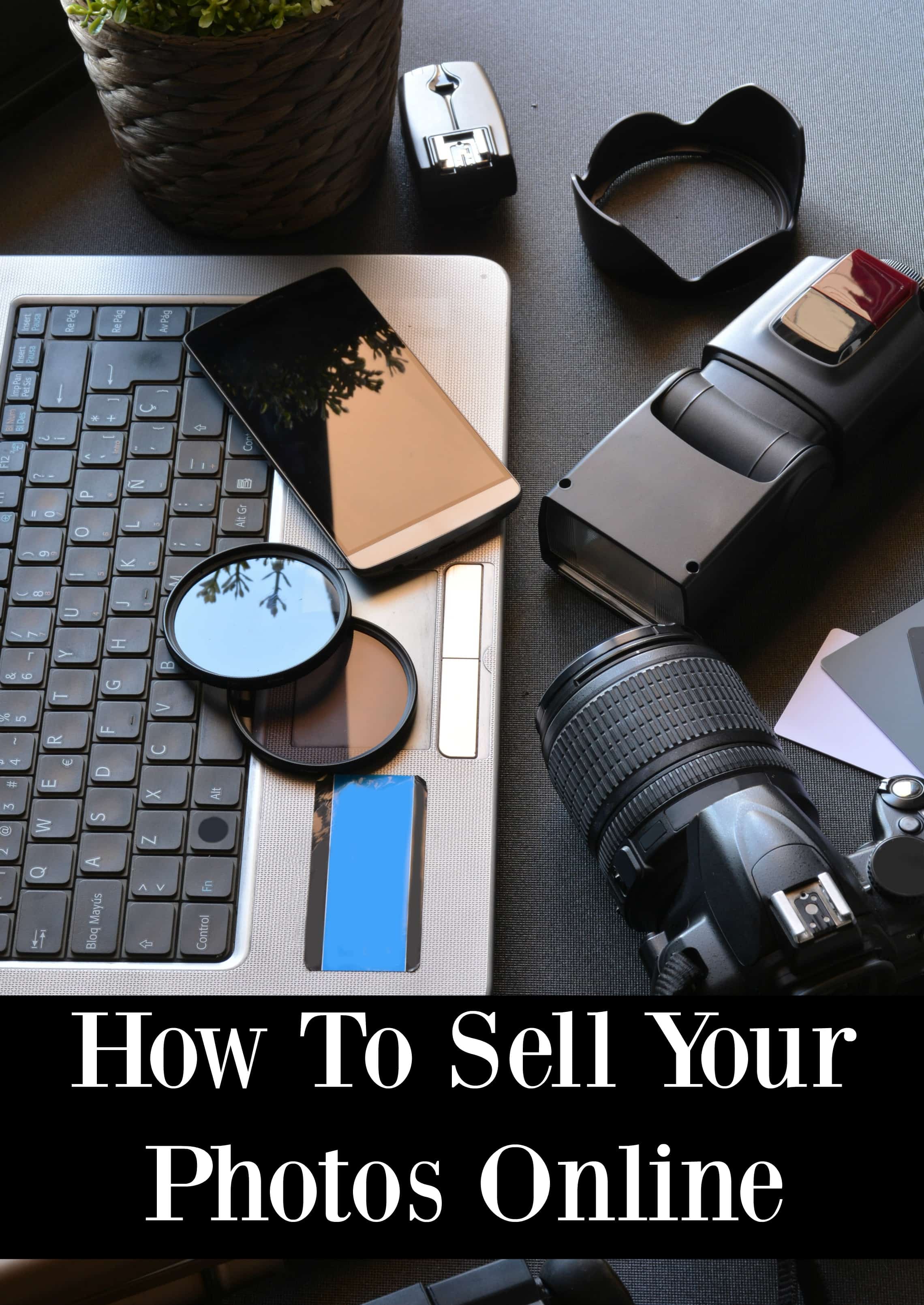*This post may contain affiliate links. As an Amazon Associate we earn from qualifying purchases.
Do you love taking pictures? Selling your pictures online is a great way to earn some extra cash. In this post, we’ll talk about how to sell photos your online as a way to generate extra income and potentially turn into a full time gig if you want!
1. Decide On A Style Of Photography
When you sell your photos online, you’ll have to decide what types of photos you want to sell. Do you want to sell styled stock photos including office supplies and things of those sort or do you want your photos to include people?
You could also sell landscape photos online as art.
Typically, selling stock photos is one of the more common ways to sell your photos online. If you intend to do this, look up what topics are trending on the web and places like Pinterest and try to take some photos based on those categories.
2. Edit Your Photos
Having a nice camera like a DSLR is a great resource when you choose to sell your photos online. Keep in mind that you don’t need to have the nicest, newest camera to take great pictures.
You can take great pictures with any camera, it’s your eye and photography skills that really take a picture to the next level!
Edit your photos to have a nice color and exposure if you didn’t get it quite right when taking the picture. These elements are key to being able to sell your photos online. The better they look, the more you’ll sell!
3. Find A Place To Sell Them
There are tons of places to sell your photos online! Some of the more popular places for selling stock photos are:
- Shutterstock
- iStock Photo
- Fotolia
- PhotoMoolah
If you’re looking to sell more artistic style photos, FineArtAmerica can be a great option for that as well. Etsy is growing in popularity as a place to sell photos also.
You can follow the same steps as we highlighted in this post to get up and selling in no time!
If you decide not to sell through any of these sites, you could create your own website and sell your photos online that way. This way, you won’t have to pay any fees to list your photos and you can control 100% of what you make and what you sell.
The only difference is that you’ll have to market your own website yourself versus getting in front of lots of eyes via the others. Remember, you can always start your own Facebook Group or Page and advertise your work there as well.
This is just one of many great ways to earn money online. If you love photography, what’s better than turning it into a fantastic income opportunity?
8 Places To Sell Your Photos
As a photographer, one of the most difficult aspects of being an artist is getting started and finding that first sale. Fortunately, there are many services out there that make it easy for photographers to sell their work.
In this section we’re going to take a look at some great places to sell your photography online. We’ll explore what each site offers, how they help photographers get paid, and which ones will best fit your needs as a photographer.
Let’s jump right in!
1. Flickr
One of the biggest names when it comes to photo sharing, Flickr has been around since 2004 and boasts more than 500 million registered accounts worldwide. It also operates two different sites: Flickr Commons and Flickr Store.
The former allows anyone to post any photo on the internet with no copyright restrictions (as long as it isn’t copyrighted itself). The latter is a way for professional photographers to showcase their portfolios, but only if they pay a small fee ($25 per year) to do so.
Both allow users to easily search through millions of photos by tags, location, date, or popularity. And all content can be rated from “interesting” to “not interesting”. If you have a lot of photos available on your camera roll that aren’t just sitting there collecting dust, why not start selling them on Flickr instead?
And remember, even though Flickr has its own marketplace, you don’t need to use it to upload your photos to other websites.
You can simply link up to dozens of stock image libraries like Unsplash, Pexels, Pixabay, and Wikimedia Commons, then choose the images you want to use and add them to various projects yourself.
2. SmugMug
SmugMug was founded back in 2008 by husband-and-wife team Tim and Jeanette Harper. They started off offering storage space for people who had cameras connected directly to their computers, then expanded into offering similar service for smartphones, tablets, and digital cameras.
Today, over 1 million photographers store their photos on the company’s servers.
All photos uploaded to the site stay private until the user chooses to share them publicly. Users can also set a custom price range for their photos, and once they reach $1, SmugMug automatically posts them to both Amazon and eBay.
3. Facebook Marketplace
Facebook Marketplace is Facebook’s version of Craigslist. It allows users to buy and sell items privately without having to worry about providing personal information or dealing with scammers.
Because Facebook doesn’t require buyers to provide payment methods, sellers can choose whether they want to receive payments via PayPal or cash. Additionally, because it uses Facebook Credits rather than actual money, you won’t have to deal with currency conversion fees.
4. Fstoppers
Fstoppers is a website dedicated to helping new and experienced photographers alike learn everything they need to know about shooting, editing, printing, and selling photos.
Its main focus is centered around teaching readers how to maximize their sales potential using the latest advances in technology.
There’s plenty of advice here for those looking to make a little extra pocket change, but beginners should check out the How To Guide section where you can find step-by-step guides on things like creating a killer portfolio, building relationships with clients, and much more.
5. PhotoShelter
Launched in 2007, PhotoShelter is another popular option among photographers who want to sell their photos online. Like SmugMug, it provides secure cloud storage for users’ photos, and lets them decide whether they want to make them public or keep them hidden behind a password.
Unlike many other options, however, PhotoShelter does not offer automatic listings on major marketplaces such as Amazon. Instead, if you’d prefer to list your photos elsewhere, you can submit them to the site’s own marketplace, which includes several hundred categories including fashion, food & drink, sports, pets, and more.
6. Creative Market
Creative Market is a platform specifically designed for artists who wish to earn a living from their creative works. Unlike other platforms, it focuses entirely on selling original artworks.
Anyone can browse through thousands of products while paying nothing whatsoever.
Once they’ve found something they like, buyers can purchase prints, cards, mugs, stickers, posters, and more from hundreds of different vendors.
7. Behance
Behance is a job board launched in 2003 by Mike Monteiro, a software engineer turned entrepreneur. Its primary goal is to connect employers with skilled workers across a wide variety of industries and skill sets.
Today, the site hosts tens of thousands of jobs and continues to grow every day. If you’re interested in working full time as a freelance photographer, you may want to consider joining the site now.
While there is no official marketplace on the site itself, you can still sign up to sell your photography skills on third party marketplaces like Gumroad and Etsy.
8. iStockPhoto
iStockPhoto is a subscription-based service offered by Getty Images. While you don’t need to subscribe to actually use the site, if you regularly create high quality imagery, you’ll probably end up needing a premium account sooner or later anyway.
Subscribers enjoy unlimited access to royalty-free media in virtually every imaginable format, including video, audio, ebooks, PowerPoint presentations, infographics, vector graphics, illustrations, posters, charts, 3D models, icons, animations, and interactive elements.
Additionally, they also benefit from advanced features like watermark removal, multi-file downloads, color correction tools, and integration support for Photoshop.


